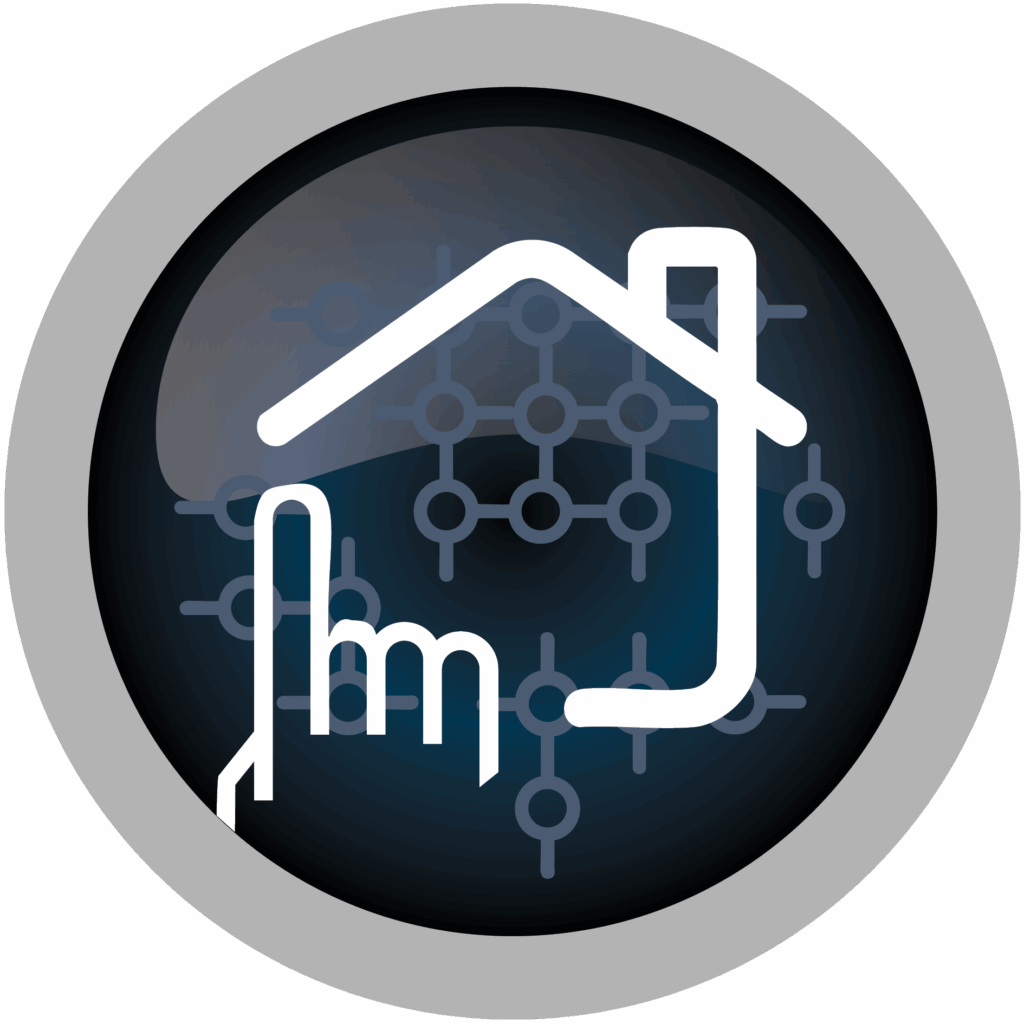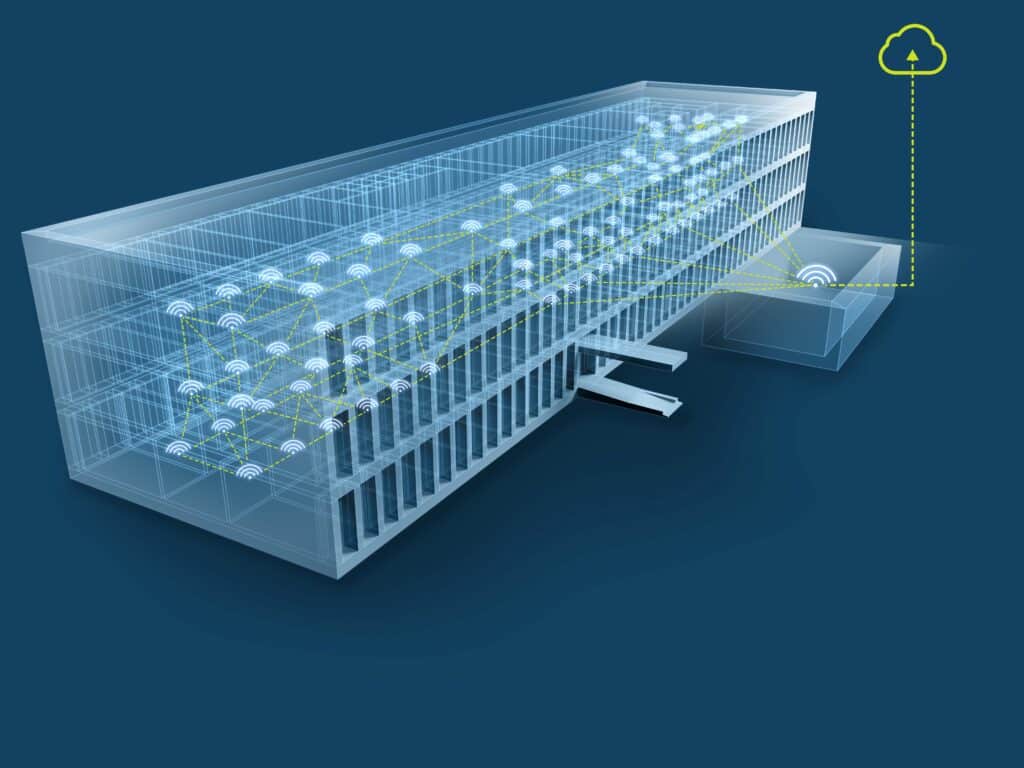
Smart building retrofit
Smart Building Retrofit with NeoMesh
Many older commercial and multi-residential buildings were constructed without integrated building automation systems. Even in newer buildings, wired systems like KNX or Modbus have only recently become common.
These systems enable centralized monitoring and control of building parameters such as temperature, humidity, CO₂ levels, and airflow — often through wired sensors and actuators like thermostats or ventilation dampers.

Why Retrofit Matters
Upgrading buildings with smart control systems brings a range of benefits:
- Reduced energy consumption
- Improved indoor air quality (IAQ)
- Greater occupant comfort and satisfaction
Buildings account for approximately 42% of energy use in the EU, with the majority consumed by heating and ventilation. Many commercial spaces are over-ventilated or heated during unoccupied hours due to lack of demand-based control. The opportunity for smarter, more efficient building management is significant.
The Wireless Alternative
Instead of rewiring older buildings, NeoMesh enables a fully wireless retrofit using battery-powered sensors and actuators. This eliminates costly and invasive cabling, and allows devices to be installed exactly where needed, even in difficult-to-access areas.
What a Retrofit Network Requires — and How NeoMesh Delivers
A wireless building automation network must meet several key requirements:
Low Power
Devices must operate for years on batteries. NeoMesh enables typical sensor battery lifetimes of up to 7 years on two AA batteries, even when routing traffic for other nodes. No mains power or wired infrastructure is needed.
Scalability
The network must handle hundreds or thousands of devices without performance loss. NeoMesh allows you to start small and expand as needed — without reconfiguration or planning.
Ease of Installation
NeoMesh devices are plug-and-play. No network planning or wireless expertise is required. Devices automatically find their place in the mesh and connect with nearby nodes (typically 3 or more), ensuring reliable communication.
Perfect for These Smart Building Applications
NeoMesh is ideal for adding wireless automation and sensing to:
- Commercial, educational, hospital, industrial, and residential buildings
- Indoor Air Quality (IAQ): temperature, humidity, VOC, CO₂
- Occupancy sensing
- Smart radiator valves (eTRVs)
- Demand-controlled ventilation (air damper control)
- Automated blinds and shading
- Fire alarms, leak detectors, CO sensors
- Emergency lighting
- Metering and smart displays
- Rapid solar panel shutdown
How NeoMesh Compares
NeoMesh vs Zigbee, Thread, BLE
- All nodes are battery-powered — no routers needed
- No mission-critical infrastructure
- High device count per network
- Longer range at sub-GHz
- Bi-directional traffic at no extra power cost
- No packet loss through adaptive routing
NeoMesh vs LPWAN
- Better indoor coverage
- No need for a gateway on each floor
- Lower & predictable power consumption (not affected by operator settings)
- Bi-directional traffic without added power cost
- Lower latency
- Higher scalability with increasing device count
Easy Integration with Building Management Systems
NeoMesh can be used alongside existing wired building systems such as KNX, Modbus, or BACnet. Using a NeoMesh gateway, data from wireless sensors and commands to wireless actuators can be linked directly into your building management system — as if the devices were physically wired in.
This allows you to expand or retrofit your building controls wirelessly, without replacing or modifying the existing infrastructure.
Contact us to learn how NeoMesh can fit into your building automation setup.

Cases
Ad hoc Indoor Air Quality and people density network demonstrates ease of IOT
Wireless network experiments at trade shows prove simplicity and efficacy of NeoMesh Installation
Smart Buildings simplified with self-governing wireless network
Monitoring an office building to bring down heating costs
A sensor system that helps you avoid surprises
